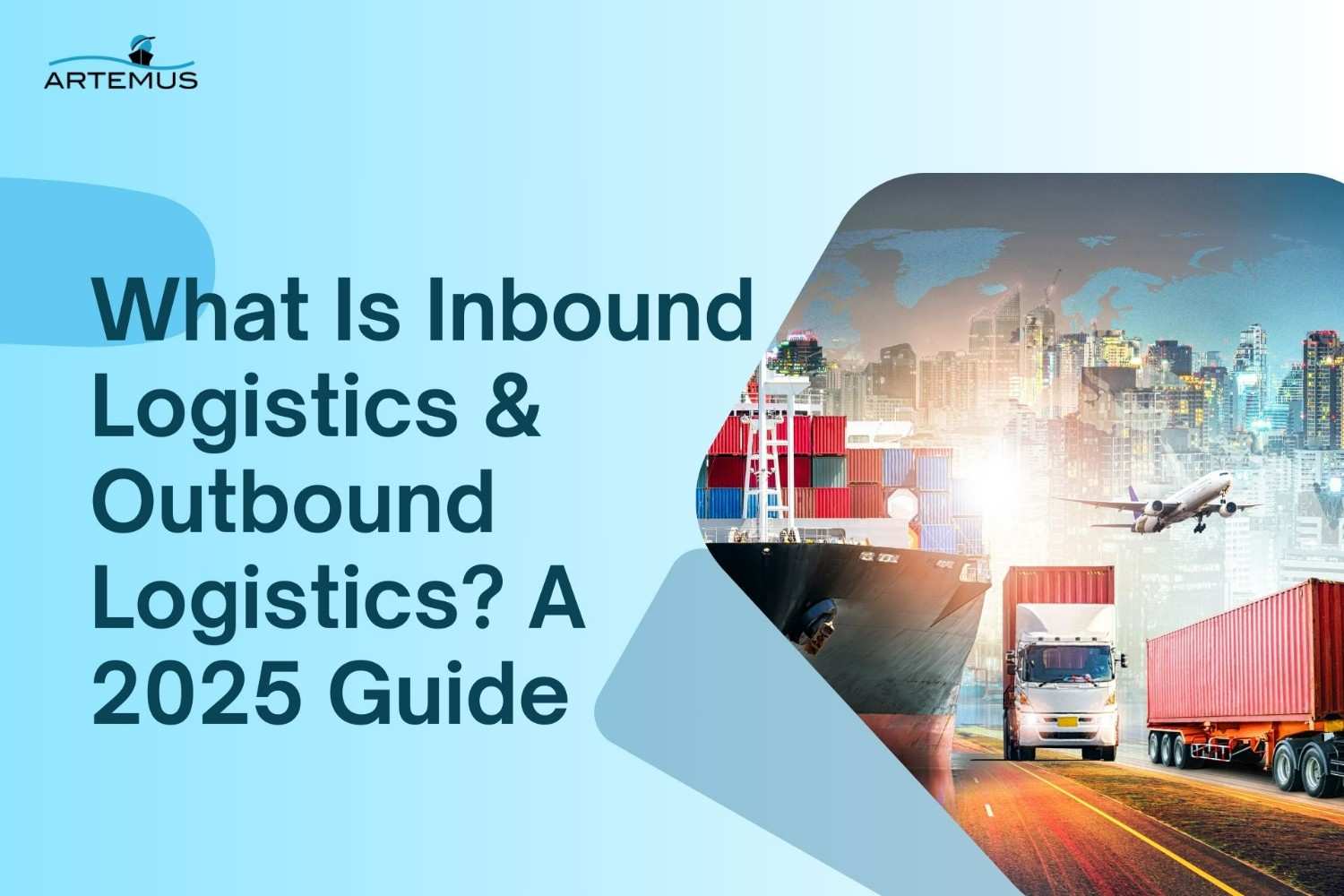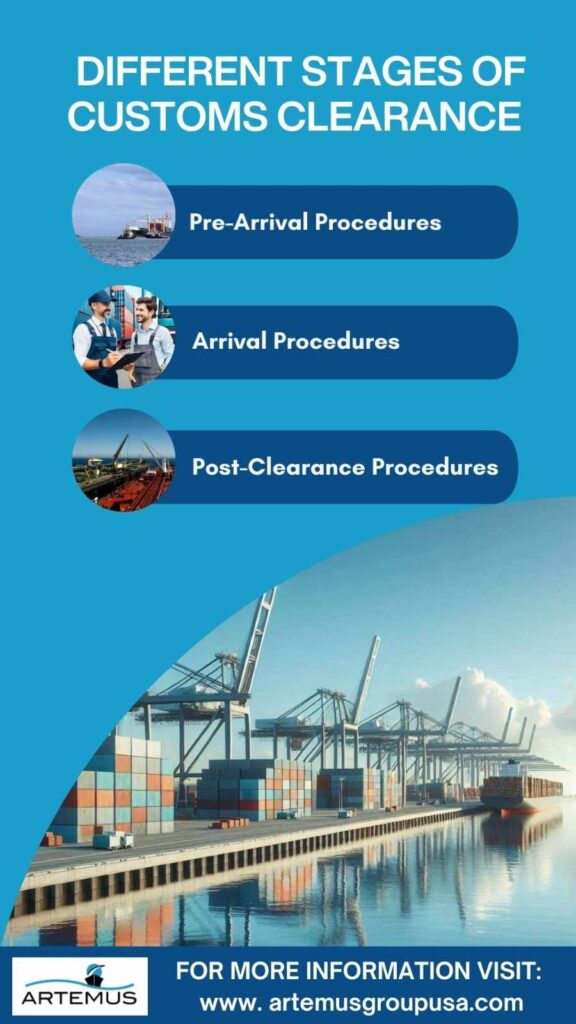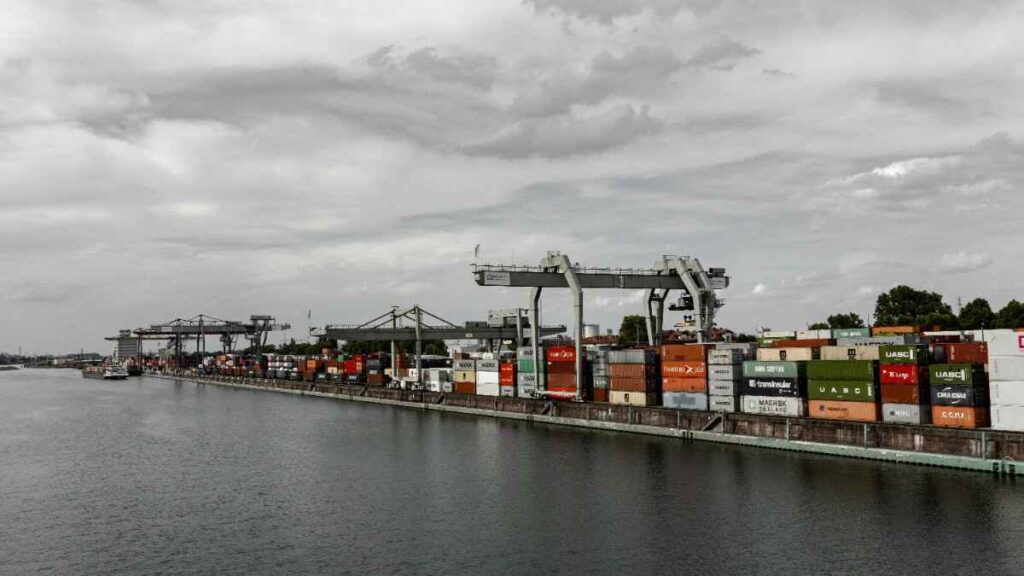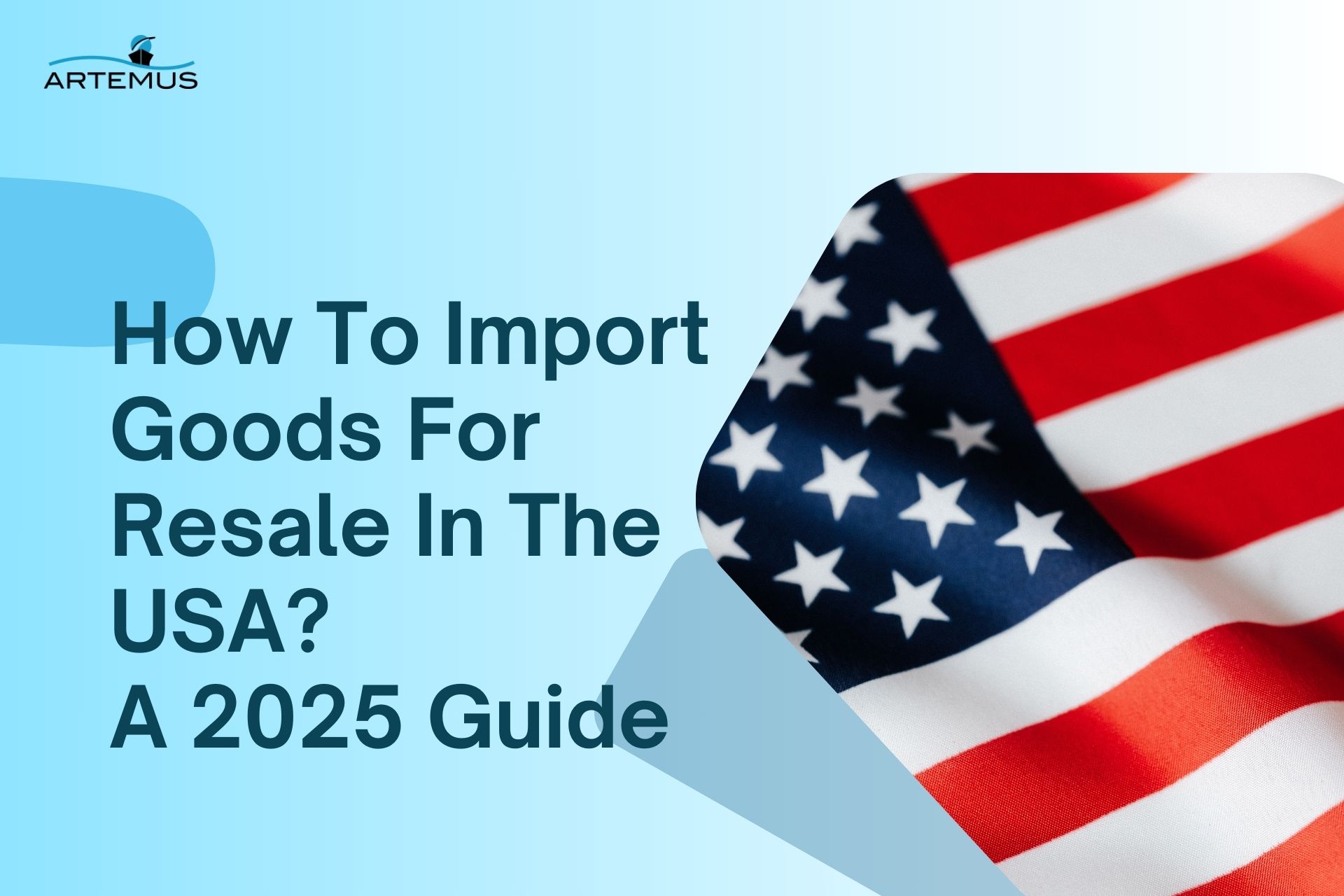
What Is Inbound Logistics & Outbound Logistics? A 2025 Guide
In the dynamic world of supply chain management, understanding the nuances of inbound and outbound logistics is crucial for operational

Navigating the intricacies of customs clearance is a pivotal stage in international trade, ensuring the seamless movement of goods across borders. “Customs Clearance Completed” signifies the successful culmination of this process, indicating that shipments have met all regulatory requirements and are ready for release.
Moreover, Artemus Transportation Solutions emerges as a vital ally, offering comprehensive support for Importer Security Filing (ISF), Automated Manifest System (AMS), & Automated Export System requirements. With Artemus, businesses can streamline their customs clearance process, ensuring compliance with regulations and facilitating efficient import operations.
Table Of Contents
“Customs Clearance Completed” means that a shipment has successfully passed through the customs inspection process in a specific country. This involves verifying that the goods comply with all applicable regulations, including payment of duties and taxes, and ensuring that the required documentation is in order.
Once customs clearance is completed, the shipment is authorized for release and can continue to its final destination, either being delivered directly to the recipient or moved to a warehouse for further processing. This status indicates that no outstanding customs-related issues are preventing the goods from entering the country.
Related: Custom Clearance Documents Required In USA, India, & Japan

customs clearance is a crucial process that ensures goods can smoothly transition across borders while complying with various regulations and requirements. This intricate journey comprises several distinct stages, each playing a pivotal role in facilitating the movement of goods.
Let’s delve into these stages to gain a deeper understanding of the customs clearance process.
Before goods even reach the border, there are essential pre-arrival procedures that must be completed to initiate the customs clearance process. These procedures typically involve:
Upon arrival at the port, airport, or border crossing, the customs clearance process moves into its next stage. Arrival procedures involve several key steps:
Once the goods have been cleared by customs, there are still post-clearance procedures that may need to be completed:
Release of Goods: Upon successful completion of customs clearance, the goods are released for onward transportation or delivery to the importer’s premises. Customs authorities may issue a release order or clearance certificate to confirm the release of the goods.
Related: How To Do Custom Clearance In USA For Goods? The Process
The customs clearance process can encounter several challenges that may delay shipments and increase costs. Here are some common challenges:
Related: Custom Clearance Charges & Fees: A Complete Guide
Smooth customs clearance offers several advantages for businesses involved in international trade. Here are the key benefits:
Related: How Long Does Customs Clearance Take? Key Takeaways
Artemus offers comprehensive customs clearance support for Importer Security Filing (ISF) and Automated Manifest System (AMS) requirements, streamlining the import process for businesses.
With Artemus, businesses & individuals can ensure compliance with U.S. Customs and Border Protection regulations, minimize the risk of penalties, and expedite the clearance of their shipments.
Whether navigating complex documentation, tariff classifications, or customs procedures, Artemus provides expert guidance and assistance to facilitate smooth and efficient imports, allowing businesses to focus on their core operations with confidence.
Related: What Is Customs Clearance? Meaning & Regulations
After customs clearance is completed, the shipment is released for delivery to its final destination or a designated warehouse.
When your package says “customs clearance,” it indicates that the shipment is undergoing inspection and processing by customs authorities before being released for delivery.
The duration for customs clearance varies depending on factors such as shipment complexity, customs workload, and the efficiency of documentation.
When your package shows “Customs Clearance Completed,” it means that your shipment has successfully passed through the customs process. This indicates that all necessary inspections, documentation checks, and duty payments have been completed, and the package is cleared for final delivery.
Once customs clearance is completed, delivery typically occurs within 1-3 business days, depending on the shipping method and destination. However, this timeframe may vary based on factors like local courier efficiency or shipping conditions.
Yes, customs clearance can be delayed due to incomplete documentation, high volumes of shipments, additional inspections, or issues with taxes and duties. It’s essential to ensure that all paperwork is correct to avoid delays.
In some cases, you may need to pay additional fees such as customs duties, taxes, or handling charges. These fees are usually calculated based on the value and type of goods being imported.
Customs clearance can take anywhere from a few hours to several days, depending on the complexity of the shipment, the destination country’s regulations, and whether additional inspections are required.
If your shipment is held after customs clearance, it may require further documentation, inspection, or payment of additional fees. Contact your customs broker or carrier for assistance in resolving the issue.
“Customs clearance completed” in shipping means that your package has successfully passed through customs, with all required documentation, duties, and taxes processed. The shipment is now cleared for entry into the destination country and is ready for final delivery by the local courier or shipping company.
“Export customs clearance completed” means that your shipment has successfully passed through the customs procedures in the exporting country. This includes verification of documentation, payment of any applicable duties or taxes, and compliance with export regulations. Once completed, the shipment is authorized to leave the country and proceed to its destination.
“Import customs clearance completed” means that your shipment has successfully passed through customs in the destination country. This indicates that all required documentation, duties, and taxes have been processed, and the goods are now cleared for delivery to the recipient.

In conclusion, completion of customs clearance signifies the successful navigation of regulatory hurdles and inspection processes necessary for international shipments to enter a country.
This status indicates that the goods have met all relevant requirements, including documentation, duties, and compliance with import regulations, and are now authorized for release, facilitating their onward journey to their final destination.
Related: 10 International Shipping Documents To Must Have In 2024

In the dynamic world of supply chain management, understanding the nuances of inbound and outbound logistics is crucial for operational

In today’s interconnected world, businesses rely heavily on global trade to expand their markets, access new resources, and drive growth.

Importing goods for resale in the USA presents a lucrative business opportunity, but navigating the complexities of U.S. customs regulations,
Get In Touch
Artemus’ Software Solutions for ISF, AMS, Japan AFR, eManifest Canada, & Panama B2B filings.